Silo Restaurant

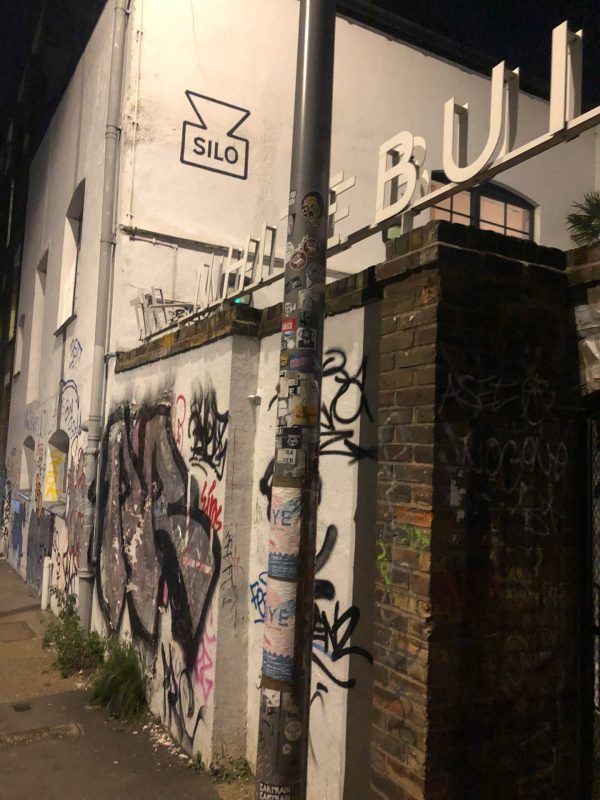
Photography Helen Gordon
Congratulations to Nina and Co for winning their Surface Matter Design Award for the best Commercial Interiors last week for “Silo” the Zero Waste Restaurant in Hackney, London.
I visited the restaurant at the beginning of 2020 and interviewed Doug McMasters, the chef and mastermind behind it all as part of my research for a project I was completing on “Sustainable Restaurant Interior Design”.
Doug has taken the Copenhagen philosophy and brought it to the UK with his restaurant. It is at the forefront of changing the approach of restaurants in terms of sustainability and moving to zero waste.
Silo is the world’s first zero-waste restaurant, meaning the kitchen will either reuse, repurpose or recycle everything. His passion started in his twenties while working at “Noma“, and “The Fat Duck” where he met the Dutch artist and environmentalist, Joost Bakker. Together they opened a pop-up restaurant in Melbourne and Sydney that aimed to send nothing to landfill, and McMaster grew from there. He also mentions Fergus Henderson of St John and James Lowe of Lyle’s and Flor as his influences.
Recently, Michelin awarded its green star for sustainable gastronomy to Silo. It is the first time the green star has featured in the Uk after debuting in the French 2020 guide last year.
The award recognises restaurants with a focus on environmental practices and is available to those which hold a Plate, Bib Gourmand or Star distinction. Many work directly with growers, farmers and fishermen; forage in hedgerows and woodlands; and grow plants and rear animals.
Recipients were also recognised for taking steps to improve the quality of life of their staff and contributing to local, national or global charity and education projects.
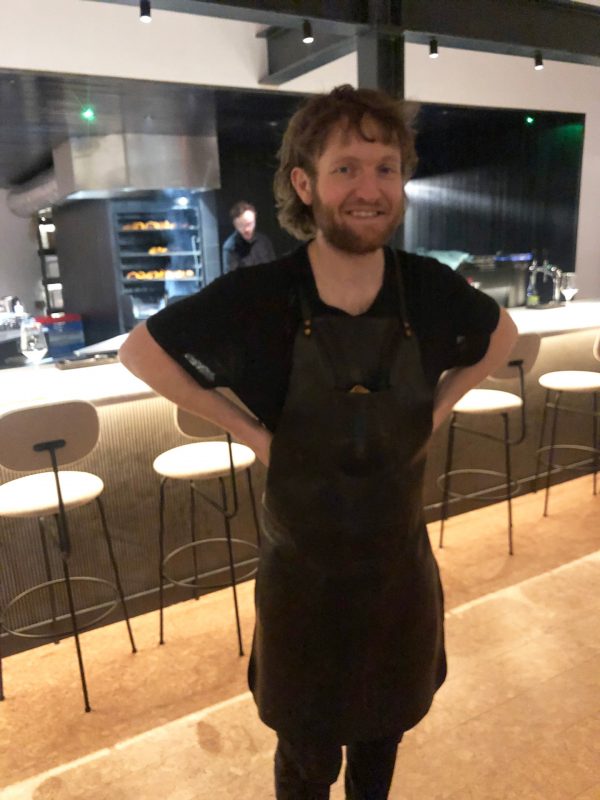
Photography Helen Gordon
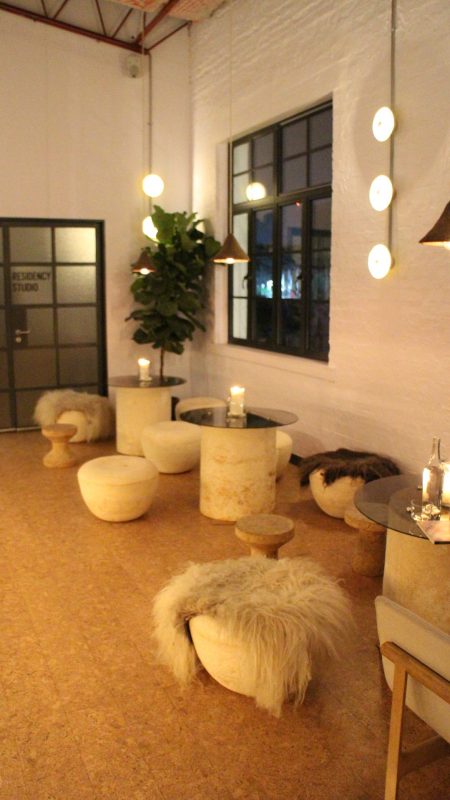
Photography Helen Gordon
Housed on the upper floor of The White Building, as I climbed the canal side cast-iron staircase beside the graffiti-covered bridge, I was surprised to enter this white minimally decorated interior. Originally an old cocoa roasting factory it has large, steel-framed windows, and exposed steel trusses.
Doug McMaster’s brief to Nina was to use sustainable materials and work towards achieving zero waste. The materials were to be made from waste or thoughtfully sourced natural materials that would either biodegrade or easily disassemble for re-purposing in the future. McMaster wanted to achieve a Scandinavian crafted feel where the aesthetics were to achieve simplicity, minimalism and functionality. This certainly has worked with the restaurant having a light airy open feel and a simplistic honest interior. Using local designers and craftspeople to make some of the upcycled furniture to using netted sheep’s wool insulation in the roof it retains the industrial feel of the original building, but with a layer of sophistication. The combination of new technology to project the menu onto the back wall gives abit of decoration and lights up this large wall.
I was very excited to see the use of new innovative materials like the foraged seaweed pendant light above the host stand to the mycelium cocktail lounge furniture grown to order. One of the most important organisms on our planet, and a super-sustainable construction material of the future, mycelium is a renewable raw material that is fully compostable at the end of its usefulness. From natural, biodegradable, woollen fabrics that upholster the seating, to the bespoke wall lights, that were made by a local potter using crushed glass wine bottles from the restaurant, all these materials add texture, depth and warmth to what would otherwise feel like a very cold clinical interior.
I was excited to see the front of the bar wrapped in recycled leather, and the dining counter formed of polyester packaging waste, along with recycled plastic chopping boards all from the innovative company “Smile Plastics” who I had recently had a long conversation with and called in samples at a recent trade fair. The three legged round dining tables and 5m long waiter station was designed by Nina and Co and crafted locally by master craftsman Jan Hendzel in his Woolwich workshop using sustainably sourced English ash.
I was able to see the open storage system that houses all the fresh ingredients and the flour mill where they mill all their own flour and which has also become “Silo’s” recognisable brand mark.
It was great to visit “Silo” and meet Doug in person. I look forward to visiting again to taste his award winning food when they are finally allowed to open up again after this lockdown has ended.
I hope to see more hospitality venues turning to regenerative solutions for their interiors. If the food and drink is sourced from organic sustainable sources then it seems natural that the interiors are treated the same way. Wouldn’t you want to eat and drink in a toxic free non polluting environment where your wellbeing has really been considered in all areas and not just the food and drink to create a truly inspiring experience.
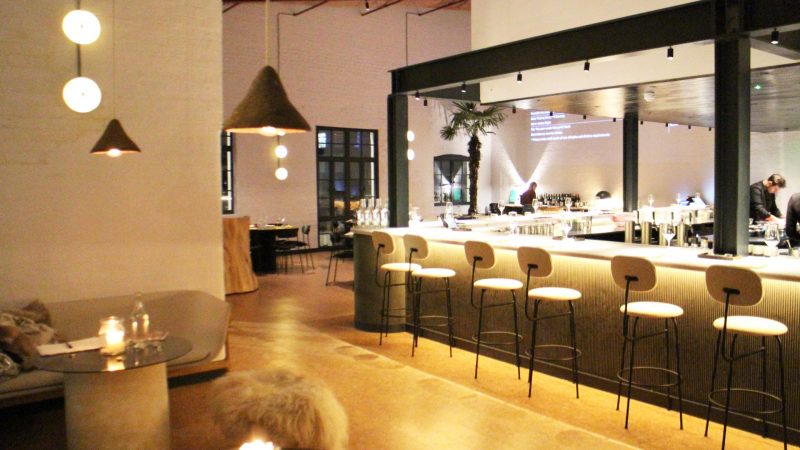
Photography Helen Gordon
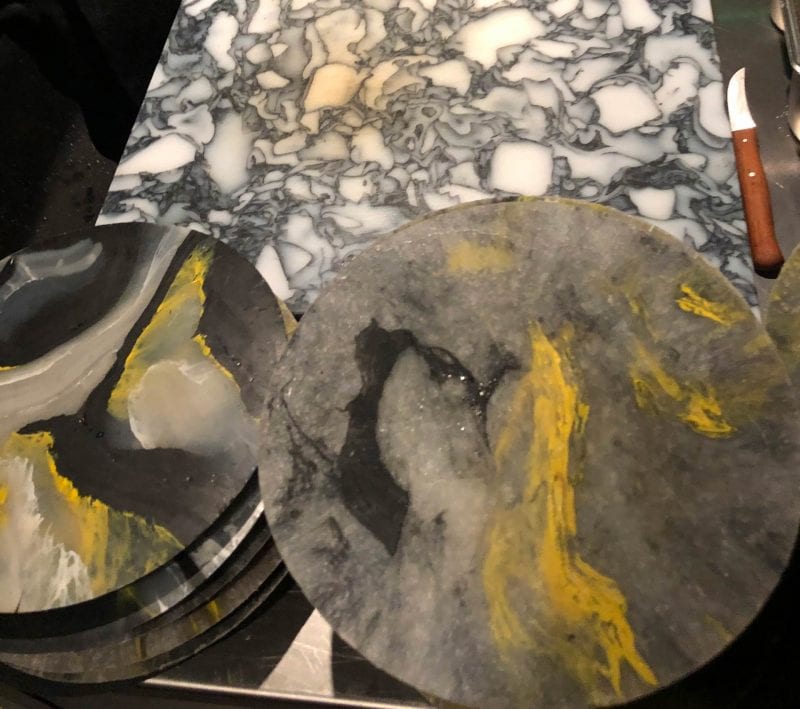
Photography Helen Gordon
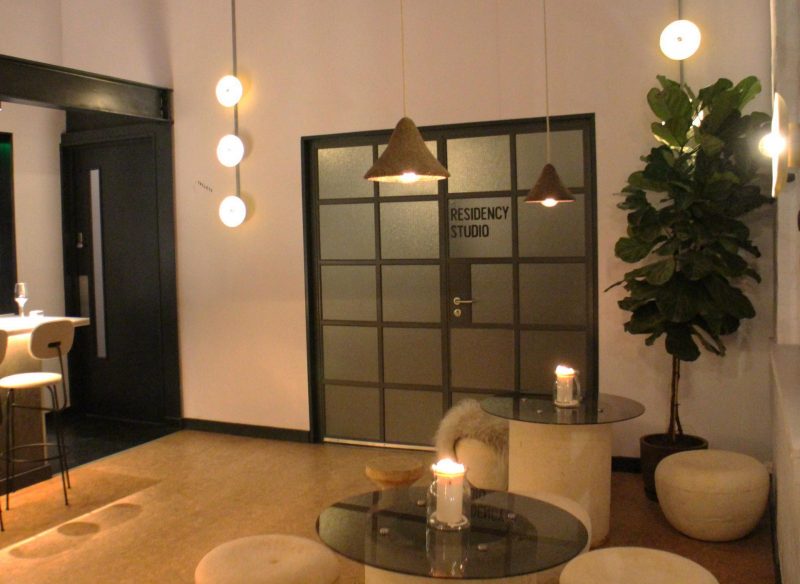
Photography Helen Gordon
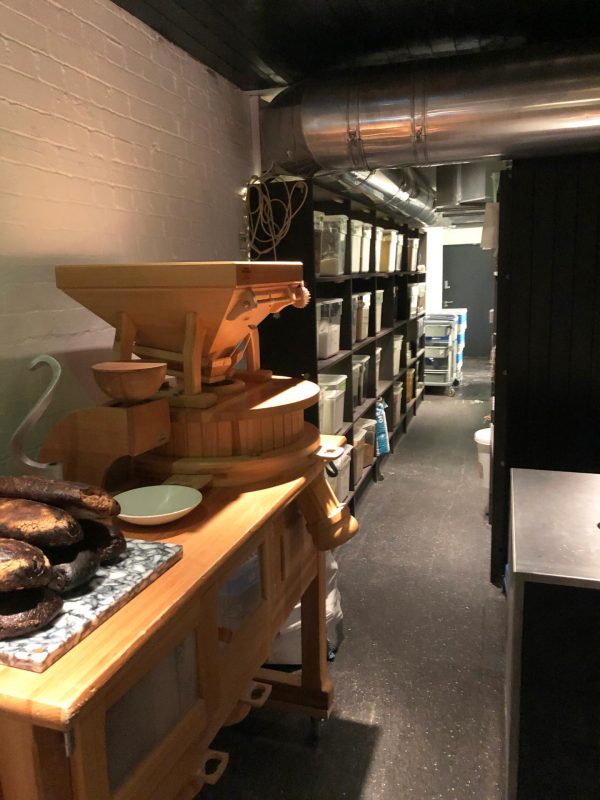
Photography Helen Gordon